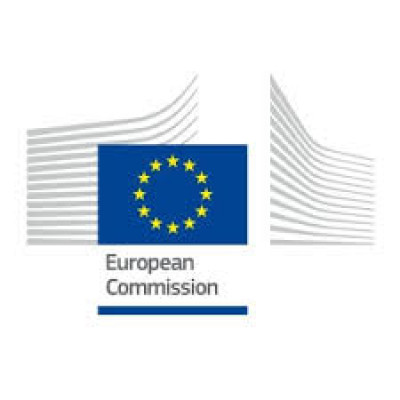Share
Print

TOPIC ID: DIGITAL-2024-AI-06-IMAGING
Type of grant: Call for proposals
General information
Programme: Digital Europe Programme (DIGITAL)
Call: Cloud, data and artificial intelligence (DIGITAL-2024-AI-06)
Type of action: DIGITAL-SME Digital SME Support Actions
Type of MGA: DIGITAL Action Grant Budget-Based [DIGITAL-AG]
Status: Forthcoming
Deadline model: single-stage
Planned Opening Date: 29 February 2024
Deadline dates: 29 May 2024 17:00 (Brussels time)
Topic description
ExpectedOutcome:Outcomes and deliverables
In phase 1:
In phase 2:
Magnetic resonance imaging (MRI) is a powerful tool for detecting, diagnosing and monitoring a wide range of medical conditions. An emerging approach based on quantum-enhanced metabolic MRI enables detection of the tissue metabolism, down to the cell level, leading to a much higher precision of detection and analysis of the human body. In combination with artificial intelligence (AI) and/or machine learning techniques to analyse the vast amount of data generated and for image analysis, it will lead to faster, more accurate and personalized diagnosis, treatment and follow-up notably of cancer and/or neurological disorders. The overall aim of this action is to prepare for the industrialisation and deployment of such emerging systems, with a focus on cancer imaging and/or neurological imaging.
Scope:Metabolic MRI has the potential to provide information about changes in tissue metabolism which can precede macroscopic tissue changes seen with standard MRI. For example, this emerging technology can provide early detection of changes in tissue metabolism and fast feedback on treatment effectiveness, a crucial aspect of finding effective cancer therapy. The development of AI techniques for the analysis of quantum-enhanced metabolic MRI images could substantially enhance the capabilities of this new technology, transforming the process into a more automated, personalised and efficient one.
Therefore, the scope of this call is to develop and experimentally validate in an hospital environment a more precise and faster tool for the study, diagnosis, treatment and follow-up of cancer and/or neurological disorders (such as Alzheimer’s disease and multiple sclerosis) by enhancing existing MRI systems with quantum-enhanced metabolic MRI and AI techniques. The project will include the deployment of innovative automated polariser systems for quantum enhanced metabolic MRI in at least two research hospitals in two different Member States, working in close collaboration. The systems should allow for fast turnover and generation of metabolic agents within a few minutes, without the need for operating such systems at cryogenic temperatures.
The polarisation level should be sufficiently high such that a metabolic MRI scan can be performed in a single-shot experiment, shortly after injecting the metabolic agent into a living organism. The project will also underpin the development of one or several AI models for the analysis of metabolic MRI data. To this end the images generated in the course of the project will be collected and annotated. These images, duly anonymised, will, together with images from other European 90 initiatives and other clinical datasets, will be used to train one or several AI models useful for the development of new diagnostic and treatment selection protocols. The project should be designed in in two phases. The start of the second phase should be conditional of the successful completion of the first phase:
Project Phase 1:
Project Phase 2:
Conditions
1.Admissibility conditions: described in section 5 of the call document
Proposal page limits and layout:described in Part B of the Application Form available in the Submission System
2. Eligible countries:described in section 6 of of the call document
3. Other eligibility conditions:described in section 6 of the call document
4. Financial and operational capacity and exclusion:described insection 7 of the call document
5.Evaluation and award:
6. Legal and financial set-up of the grants:describedin section 10 of the call document
Start submission
The submission system is planned to be opened on the date stated on the topic header.
Get support
For help related to this call, please contact ushere
Funding & Tenders Portal FAQ– Submission of proposals.
IT Helpdesk– Contact the IT helpdesk for questions such as forgotten passwords, access rights and roles, technical aspects of submission of proposals, etc.
Online Manual– Step-by-step online guide through the Portal processes from proposal preparation and submission to reporting on your on-going project. Valid for all 2021-2027 programmes.
